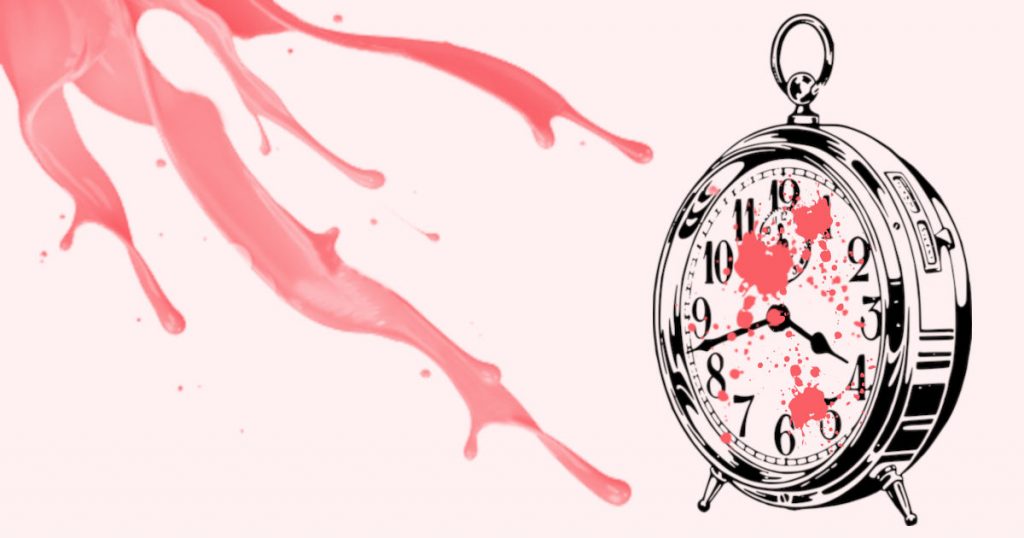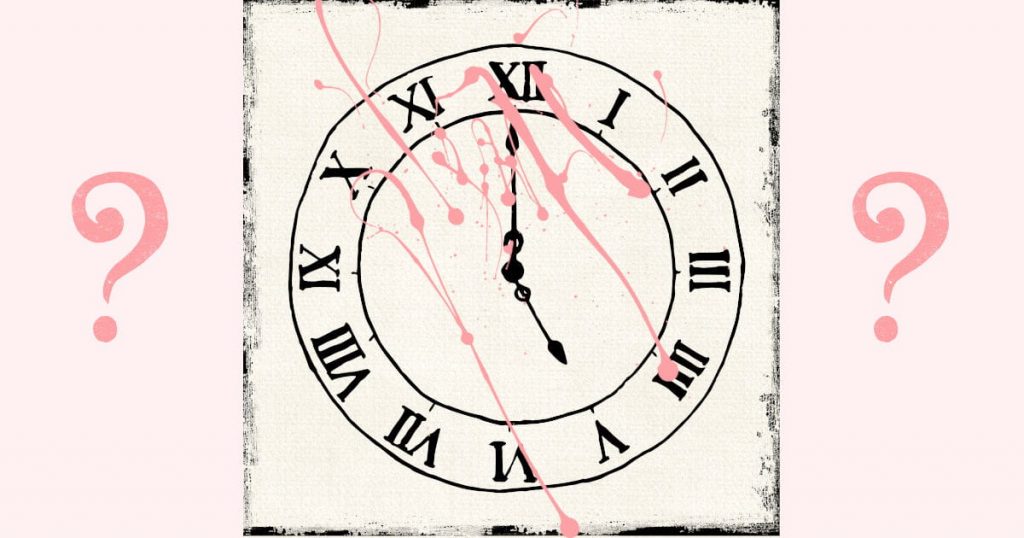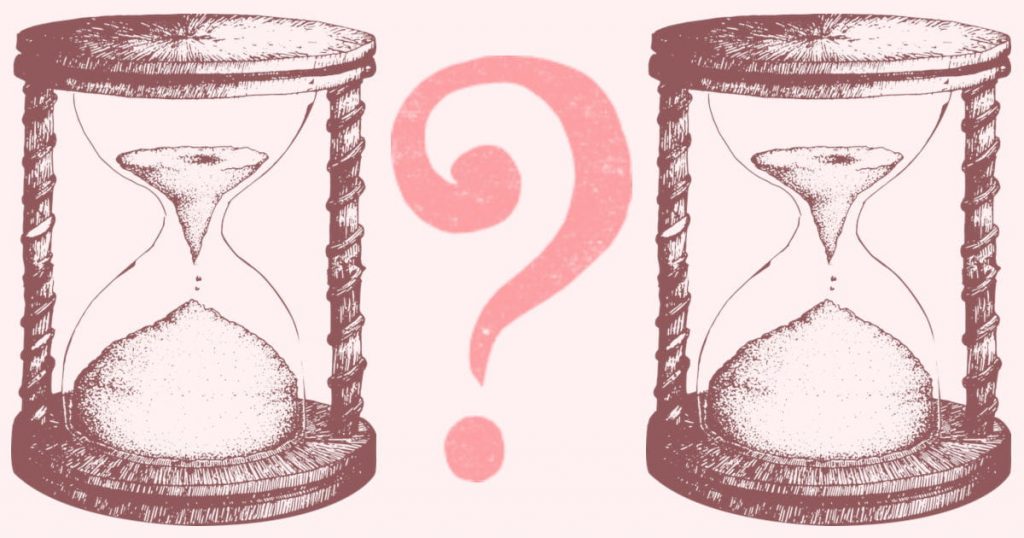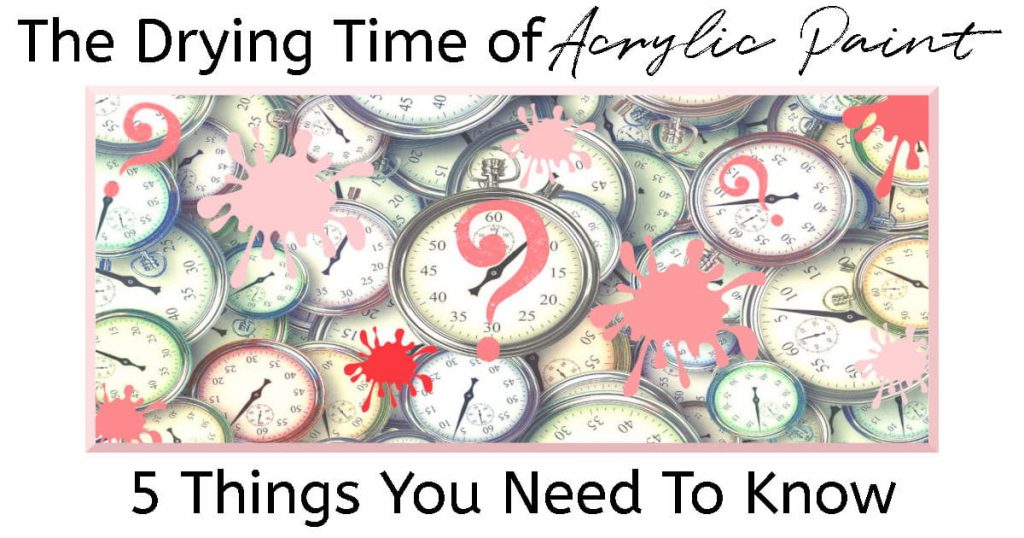In This Article...
- Why It’s Hard To Predict How Long It Takes Acrylic Paint To Dry
- Factors That Can Affect How Long It Takes For Acrylic Paint To Dry
- How To Dry Acrylic Paint Faster
- Slowing Down The Drying Time of Acrylic Paint
- How Long To Let Acrylic Paint Dry Before Adding A Second Layer
- How Long To Wait Before Varnishing Your Acrylic Painting
- Final Word On How Long It Takes Acrylic Paint To Dry
Why It’s Hard To Predict How Long It Takes Acrylic Paint To Dry
Some of the links in this article are affiliate links which means that if you choose to click on them and make a purchase, I earn a small commission at no extra cost to you.
Also, as an Amazon Associate, I earn from qualifying Amazon purchases.
For more details, please read the full disclosure here.
Thanks so much for your support!
Recently, a friend asked what the drying time of acrylic paint was. I literally had to stop and think about it because I’m an artist that gets into the “zone”. When that happens, I don’t really notice things like drying time. For me, it dries when it dries and I just work around it. Curious, I thought I’d better do a little digging because I’m sure a lot of people are wondering the same thing.
Apparently, the popular answer is that if it’s a thin film of acrylic paint it’ll take about 10 to 30 minutes to dry. If it’s a thicker film of paint, that can take roughly around 2 hours. Hold on, though. That’s not even close to the whole story.
There are a lot of variables that can affect the drying time of acrylic paint. Today, we’re going to dive deep into what can cause acrylic paint to dry at different times and how we can use that to our advantage. Let’s get going!

Factors That Can Affect How Long It Takes For Acrylic Paint To Dry
As you probably know by now, acrylic paint dries very quickly and that’s not always a bad thing, especially if you’re an impatient artist who just wants to get going with creating a new masterpiece.
On the other hand, when you are trying to do blending, and other wet into wet techniques, it can be completely annoying! Wouldn’t it be nice to be able to predict the drying time of acrylic paint so you could come up with a game plan?
Unfortunately, there are just way too many things that can affect how quickly or slowly acrylic paint dries. Some of the things that can affect the drying time are:
- Temperature (dries too fast)
- Humidity (dries too slow)
- Paint brand (this can be either faster or slower than another brand of paint)
- Airflow in the room (if you’ve got a fan or a space heater blowing it’ll speed up the drying time)
- How you load your brush with paint (lots of paint will slow things down and vice versa)
- How much water is in the bristles of your paintbrush (adding water to your paintbrush will slow the process down)
- The surface you’re painting on (paper can soak up paint at lightning speed)
Now that we know what can influence the drying time of acrylic paint, let’s talk about how we can manipulate it to our advantage.
How To Dry Acrylic Paint Faster
Let’s say you’re really on a roll and you don’t want to lose your groove. You’re going to want to know how to speed up the drying time so you don’t have a fit waiting for the water to boil….er, I mean, paint to dry.
There are a few different ways to get this done but one of the easiest ways I’ve found, and that I use all the time, is to use a hairdryer. It’s quick, it’s convenient, and most of us have one!
It’s super important, when using a hairdryer, that you use it on the lowest setting and keep that sucker moving at all times. The worst thing that could happen is that the heat setting is too high and it burns the paint. Not good (and pretty stinky, from what I’ve been told). Thankfully, I’ve never had that happen but I’m pretty careful when I use a hairdryer.
The other thing you could do to speed up the drying time of your acrylic paint is to load your brush with less paint than you usually do. You could, also, forgo dipping your brush in water before loading it with a bit of paint, for that matter. Both of these methods will help because you’re not going to be putting as much paint on the canvas.
FYI: Using very little paint on a paintbrush with dry bristles is how you go about doing what’s known as “dry brushing”. If you’d like to learn more about dry brushing, which is a method of blending, feel free to read my article about blending acrylic paint.

Slowing Down The Drying Time of Acrylic Paint
Okay, what if you want to slow down the drying time of acrylic paint? What do you do? Well, you have a few options here as well.
You could use a medium like Golden’s Gloss Glazing Liquid to slow down the drying time. Gloss Glazing Liquid is a slow drying extender and is the one I’m most familiar with. You can use this on its own but I’ve never used it that way. I like to add just a bit to my palette and load my brush when needed.
The one thing you need to keep in mind about this product is that it can change the transparency of your paint which is why it’s called a “glazing liquid”. When I’m going for a glaze, I add the medium directly to the paint that I’m planning on using in the glaze but I also have another puddle of it ready to go in case the mixture I made isn’t transparent enough.
Glazing liquid is fantastic for blending different paint colors for a seamless blend but it can also be a problem because it slows down the drying time. This means you’re going to have to wait even longer to add your next coat. You can read more about Golden’s Glazing Liquid on their website.
If you don’t have a glazing liquid medium, don’t worry, you have other options.
Another way to slow the drying time of acrylic paint is to add more paint to your brush when you’re putting it on your canvas. Depending on what you’re trying to do this could be a good thing or it could go against your plan. It’s great when you’re doing impressionistic type artwork but it can get in the way of more realistic art because there’s more detail in realistic art.
Also, you could add more water to your brush before adding your paint. That would make your paint spread out further on the canvas and you would have a little bit more time to play around with it for blending.
Another option is to take a spray bottle with a very fine mister and lightly mist your canvas. Not too much, though, or your paint won’t stick! Both techniques will accomplish the same result. It’s really up to you to experiment and see which method works best for you.
How Long To Let Acrylic Paint Dry Before Adding A Second Layer
When it comes to the drying time between coats of acrylic paint that really depends on what you’re planning on doing next.
If you’re trying to make a smooth blend with your paint, and you wait too long before adding that next layer, you run into the problem of the paint drying too soon. When your paint won’t stay wet enough when blending, you can’t have that very nice smooth gradient blend that most acrylic artists strive for.
On the other hand, if you add your next layer of acrylic paint too soon you could run into problems with your paint colors mixing and creating mud. Mud is really not pretty….well, if you’re trying to make a mud color then, yay!
This is why you need to know your color wheel and what paints don’t play nicely in the sandbox together. You can check out my article explaining the color wheel and how to make your own with the paint colors you already have.
And then there’s the little issue of applying the paint when your first layer has already started to dry but isn’t completely dry. If you try to add another layer of paint at this point you could accidentally start rubbing the first layer off leaving bare canvas.
I’ve seen so many artists do this and it’s not just beginners. I have a habit of working on one area for too long and rubbing the paint off accidentally. I’m still trying to control my urge to over-blend (smacks fingers!).
So, how do you avoid this problem?
- If you’re working on a piece, and you notice that your paintbrush kind of feels like it’s getting stuck in the mud, stop and wait for that spot to dry!!!
- Plan ahead so you know whether your next layer needs to be wet or dry before moving on
- Look at your canvas in the light to see if you notice different levels of shininess to it. If so, and every paint color comes from the same brand (some brands have a high level of sheen to them), you’ve still got some wet areas
- Try gently running your clean dry fingers over the canvas to see if they pull or drag at all. If you can glide your fingers over smoothly you’re good to go with your next step but if there’s any little bit of drag then you need to wait a little longer
How Long To Wait Before Varnishing Your Acrylic Painting
If you’re planning on wrapping your artwork as a gift, shipping it in the mail, or varnishing it, you’ll want to make sure that the paint is completely dry before packing or varnishing it.
Now, opinions about this vary between artists, and what they feel comfortable doing, so I’m only going to talk about what I personally do.
Whether I’m wrapping a painting as a gift, getting ready to ship it, or even just varnishing it before hanging, I like to give the acrylic paint at least one week to dry. That said, this is going to depend on all the factors I listed above that can affect the drying time of acrylic paint.
Where I live, it can be dry in the winter and humid in the summer. In the winter, we’re running heat throughout the house which causes the air to be very dry. This means that my acrylic paintings dry much faster than they would in the summer.
On the other hand, if I have just completed an acrylic painting with a palette knife, and the paint is pretty thick, I need to give it more time to dry. This is also the case when it comes to paint pouring.
In paint pouring, you use quite a bit of medium and water to make the paint flow. In this case, you’ll have to wait roughly between 24 to 72 hours for the paint to dry. Even after that amount of time, I like to wait a full two weeks just to make sure.

Final Word On How Long It Takes Acrylic Paint To Dry
Coming up with a clear-cut answer for the drying time of acrylic paint is not so easy. It depends on where you live, the temperature, the brand of paint you’re using, and other factors.
Although this can be totally frustrating, there is a silver lining. The best you can do when trying to estimate how long it’s going to take your paint layer to dry is to decide for yourself whether it’s going to be a faster or slower process by planning your next move.
If you’re blending, you’ll want to slow things down but, if you’re trying to knock a painting out quickly, you’ll probably want to speed things up. You’ve got lots of options to bend the drying time to your will so I encourage you to play around with the different methods and see which ones you like the best.
As always, you should experiment and play with your paint as much as possible so you can get comfortable with your materials and come up with your own artistic process. Plus, playing with paint is fun and I highly recommend it!
What Do You Find Contributes Most To How Fast (Or Slow) Your Acrylic Paint Dries?
Articles Related to Acrylic Paint Dry Time
- Your Options For Varnishing A Painting
- More Tips On How To Become An Acrylic Painting Boss
- Money Saving Tips For New Acrylic Painters
- DIY Wet Palette

Meet Sara, a seasoned veteran in the world of art. With a knack for mixing paints to unveil breathtaking new hues, she’s adorned countless commissions and independently captivated art enthusiasts with her creations. Having spent over a decade immersed in the realm of art gallery management, Sara’s insight into the intricacies of the art scene shines through her work.
But don’t let her impressive résumé fool you – Sara’s approach to art is as lively as her palette. Known for her wit and humor, she infuses her passion for painting with a playful spirit, making every stroke a delightful adventure. As a dedicated mentor, she’s committed to guiding her fellow artists towards success, always staying ahead of the curve with the latest techniques and trends.

